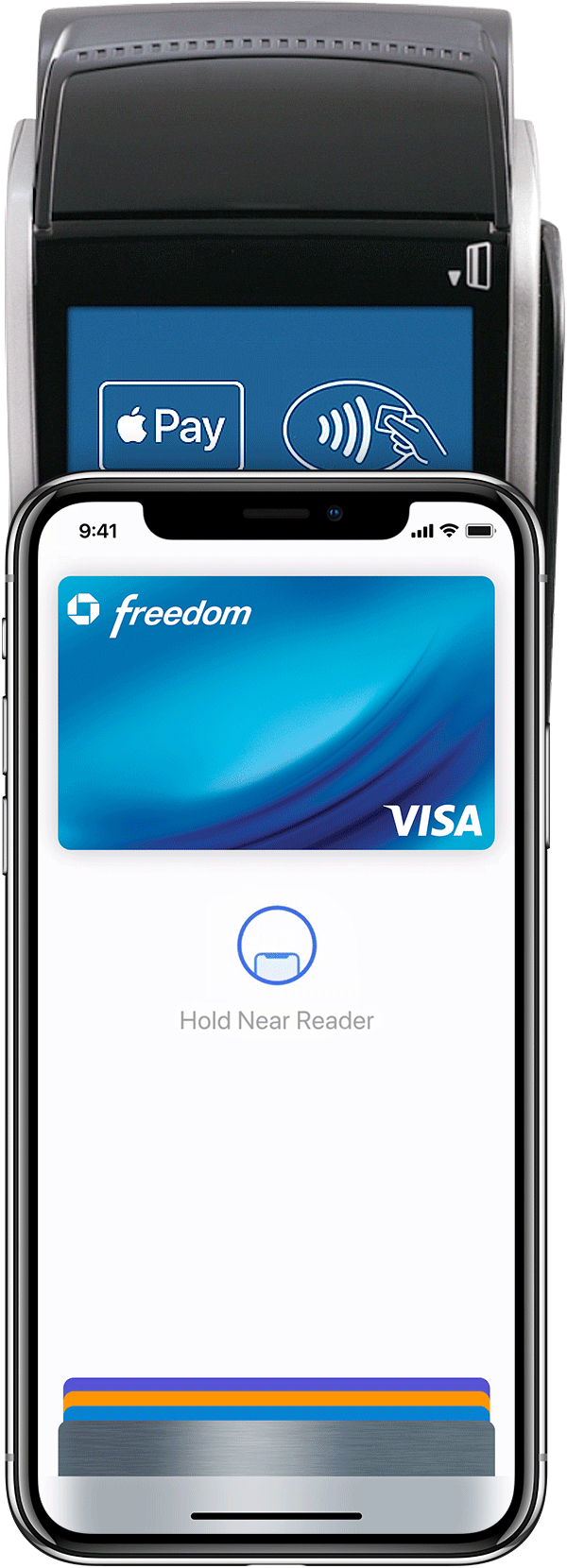

One of the fundamental parts of Apple Pay is the processing of payments. Transaction does not go through Apple at all, instead, it goes through a Payment platform. In comparison, IAP has a 30% charge for each transaction. With Apple Pay, Apple states that it “ not charge users, merchants or developers to use Apple Payįor Payments”. StoreKit provides the framework API for IAP. The frameworks used are also a key difference In contrast, IAP sells virtual goods, such as premium or extra content, and subscriptions–think additional months of a streaming service, or extra lives in a game. (such as cinema tickets) are all examples of this. Physical goods are sold via Apple Pay food, accommodation and physical entertainment The primary difference between Apple Pay and In-App Purchasing (IAP), pertains to the products that This document will look at these items in more detail. The following items are also required to integrate Apple Pay into your app: RequirementsĪpple Pay is only available within iOS 8 and above, and therefore requires a minimum of Xcode 6. When used on an iPhone, it uses Touch ID as a way to confirm andĪuthorize transactions to a user's credit or debit card. It is available on iPhone 6 and iPhone 6 Plus, and can also be paired with the Apple Watch for in-store purchases. It includes information on the required identifiers, certificates and entitlements.Īpple Pay was introduced alongside iOS 8, enabling users to pay for physical goods such as food,Įntertainment, and memberships via their iOS devices. This guide explores setting up the Xamarin.iOS environment for use with Apple Pay to pay for physical goods, such as food, entertainment, and memberships via your app.


 0 kommentar(er)
0 kommentar(er)
